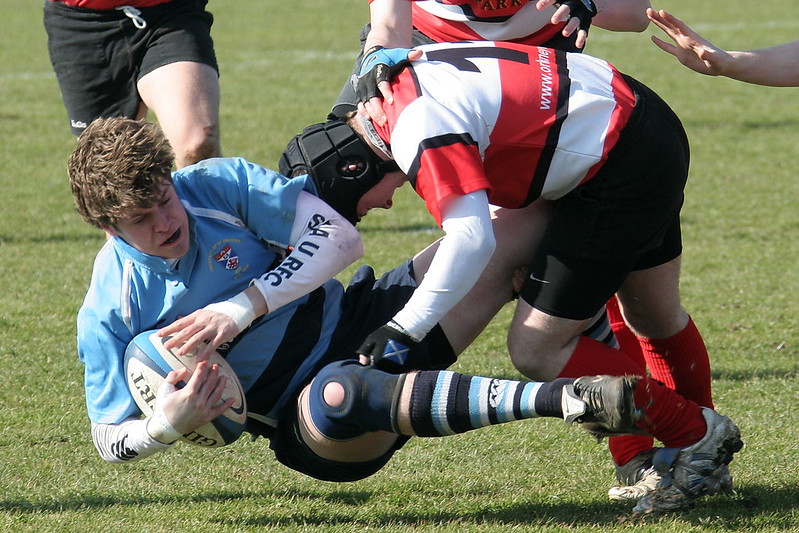
18 Jun Obstructive Sleep Apnoea in Contact Sports
Is Sleep Apnoea the Hidden Opponent in Contact Sports?
When we think of athletes in contact sports—like aussie rules, rugby, or mixed martial arts—we usually picture strength, stamina, and toughness. But what if, behind all that power, there’s a hidden health issue quietly affecting their performance and long-term well-being?
A recent study published in Sleep Medicine: X took a deep dive into just that. The researchers wanted to know how common Obstructive Sleep Apnea (OSA) is among athletes who play contact sports. For those unfamiliar, OSA is a sleep disorder where breathing repeatedly stops and starts during sleep. It’s linked to a range of serious health issues, from heart problems to memory loss and mood disorders.
So, what did they find?
The researchers pulled together data from 14 previous studies—sort of like combining pieces of a puzzle to see the bigger picture. They looked at both current and retired athletes and analyzed how many of them showed signs of sleep apnea. The result? Around 30% of contact sport athletes have OSA. That’s nearly 1 in 3—much higher than what we’d expect in the general population.
Even more concerning, retired athletes were more likely to have sleep apnea than those still active. This might be due to aging, gaining weight after retirement, or the long-term impact of repeated head injuries—something common in contact sports.
Why does this matter?
Sleep apnoea doesn’t just make you tired—it can affect your brain function, heart health, and metabolism. For athletes, poor sleep can also mean slower reaction times, reduced recovery, and lower performance. And for retired athletes, it can be a ticking time bomb for serious chronic conditions.
The part is that many of these athletes might not even know they have it. The symptoms can be subtle, or mistaken for just being tired from training. In fact, not all the studies used gold-standard sleep tests, so the true number of athletes with sleep apnoea might be even higher.
What can be done?
This study shines a light on a problem that’s been lurking in the background. It suggests we need to start screening athletes more routinely—especially those in high-contact sports. Simple questionnaires and sleep studies could catch issues early, before they start affecting health or performance.
Going forward, more research is needed to explore how sleep apnoea develops in athletes over time, and what role things like weight, injuries, and age play. In the meantime, coaches, doctors, and sports organizations should be thinking about sleep health as part of the bigger picture.
Because in the game of sports—and life—sleep might just be the most important play of all.
Reference:
Howarth, Nathan, White, Adam John, Pearce, Alan J., Nowinski, Chris, Cantu, Robert, Ji, Chen and Miller, Michelle A. (2022) Obstructive Sport Apnea (OSA) and contact sports : a systematic review and meta-analysis. Sleep Epidemiology, 2 . 100036. doi:10.1016/j.sleepe.2022.100036 <https://doi.org/10.1016/j.sleepe.2022.100036> ISSN 2667-3436.

